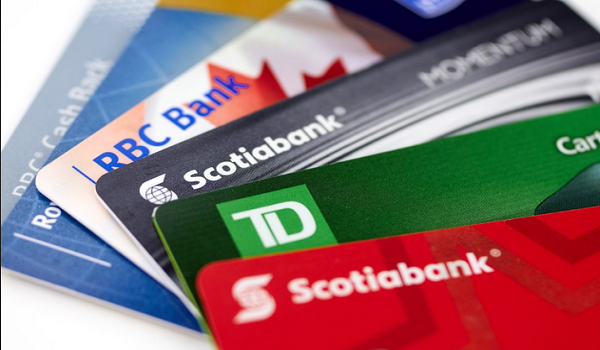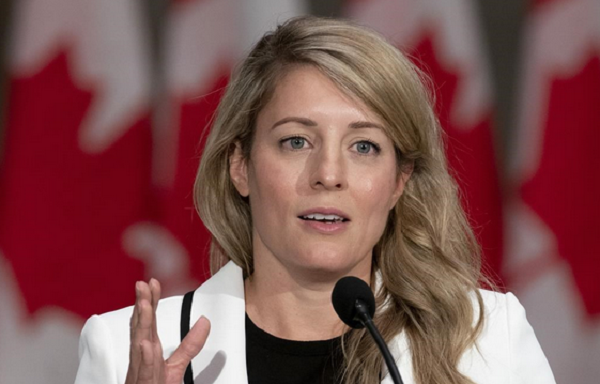Increasing number of Canadians making minimum monthly payments on credit cards
A new report suggests an increasing number of Canadians are seeing their credit card balances balloon as the cost-of-living crisis and higher interest rates eat into household budgets.
A TransUnion report published Tuesday said the number of Canadians paying only the minimum monthly amount on their credit card rose eight basis points to 1.3 per cent in the first quarter compared with last year.
Matthew Fabian, director of financial services research at TransUnion Canada, said many household incomes are not keeping up with inflation and higher interest rates, leaving them to rely on credit.
“Consumers that have had significant increases in their mortgage payment have made that deliberate trade-off to pay less on their credit card and in some cases, they’re missing their payment,” Fabian said in an interview.
“We’ve seen a higher delinquency rate in credit cards for those consumers that have mortgages than traditional credit card consumers.”
Total consumer debt in Canada was $2.38 trillion in the first quarter, compared with $2.32 trillion in the same quarter last year, and down only slightly from a record $2.4 trillion in the fourth quarter.
The report said 31.8 million Canadians had one or more credit products in the first quarter, up 3.75 per cent year-over-year. The jump was mainly driven by newcomers and gen Z signing up for their first credit products.
The report showed there was a 30 per cent surge in outstanding credit card balances for the gen Z cohort compared with the previous year.
“The younger generation (is) only getting access to credit for the very first time in their life,” said Fabian. “They’re still learning how to use it, they’re still learning what it means to pay your monthly obligations.”
Meanwhile, millennials held the largest portion of debt in the country — about 38 per cent of all debt — likely due to higher credit needs as they grow older, according to the report.
“They’re in the life stage where they’re probably having children, getting houses and have auto loans,” Fabian said. “The structure of the debt is shifted where 10 years ago, the majority of them would have had credit cards and car loans.”
Fabian said he isn’t overly concerned about households falling behind on their mortgage payments because of the strict screening process established by the banking watchdog to qualify for a mortgage.
He also said cash-strapped consumers will typically pay their mortgage first at the expense of other credit products like their auto loan or credit card.
Even though there are concerns about missed payments among the vulnerable population, Fabian said, “We’re still seeing pretty decent resiliency in the Canadian consumer base, especially when you look at how quickly it’s grown with gen Z and the volume of credit participation.”
He added interest rate cuts, which are anticipated as early as June, can lessen the burden on households over time.
“Our expectation is that the market will start to correct back to normal,” Fabian said.
This article was first reported by The Canadian Press












